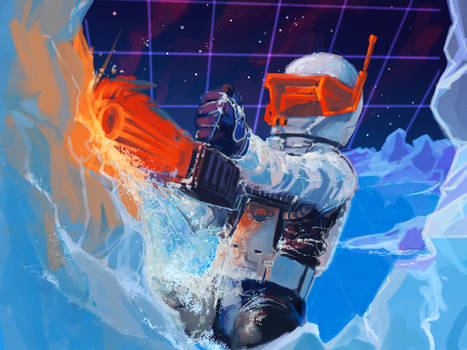AI programs such as TensorFlow, PyTorch, and Hugging Face Hub work well under their open source licenses. The new AI artifacts are another story. Datasets, models, weights, etc. don’t fit squarely into the traditional copyright model. (OSI director) Maffulli argued that the tech community should devise something new that aligns better with our objectives, rather than relying on “hacks.”
Specifically, open source licenses designed for software, Maffulli noted, might not be the best fit for AI artifacts. For instance, while MIT License’s broad freedoms could potentially apply to a model, questions arise for more complex licenses like Apache or the GPL. Maffulli also addressed the challenges of applying open source principles to sensitive fields like healthcare, where regulations around data access pose unique hurdles.
Does Creative Commons and the RAILS licenses not cover most of these models fairly? That is what I tend to see them under.
RAIL has its own problems-the use restrictions make it very different from normal open source models.
Stefano concluded by saying we should start with “a return to the basics,” the GNU Manifesto, which predates most licenses and sets the “North Star” for the open source movement.
Fuck no. GNU is not my “North Star”. It’s an umapped corral reef that I struggle to steer my ship through without running aground.
My “North Star” is I want anyone who can benefit from my work to be able to benefit from it. That includes allowing my work to be used as a data set for AI models.



